Legrand Test device for emergency power luminaires

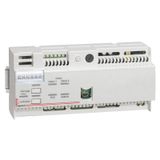
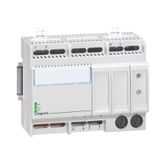
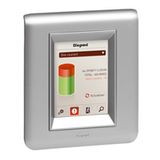
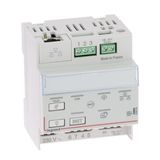
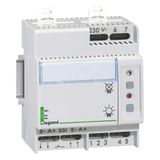
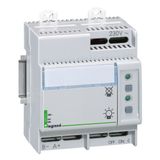
Legrand Test Devices for Emergency-Power Luminaires – Reliable Maintenance Tools
When specifying systems ensuring emergency-lighting readiness, the Legrand test devices for emergency-power luminaires category plays a critical role. These devices — emergency-light testers, self-test modules, battery-test units and related maintenance tools — ensure that emergency luminaires actually perform when mains power fails. According to Legrand’s emergency-lighting control range, test features and code-compliance are integral.
In project procurement and facility-management terms: you’re not just buying a light; you’re buying assured compliance, automated maintenance, documented test logs and simplified service cycles.
Legrand Emergency Light Testers – Verify Performance On Demand
The Legrand emergency light tester range covers dedicated devices that simulate mains failure or triggering conditions and verify the operation of emergency luminaires. For example, one catalogue entry shows “Test device for emergency power luminaires – Galaxy Station Large – 659185 (Legrand)”.
From a specification viewpoint: look for testers that can initiate full-load discharge, track battery status, simulate fault conditions, record data and integrate with maintenance software.
Legrand Self-Test Modules – Built-In Monitoring & Auto-Check
Within the category, the Legrand self-test module refers to modules built into emergency lighting units that automatically run periodic tests of battery and lamp function. As noted in the data sheet for Legrand self-contained emergency lighting units: “Infrared configuration tool … app … automatic test system for battery-powered emergency lighting equipment” (NF EN 62 034) applies.
For a maintenance manager: self-test modules reduce manual workload, provide consistent compliance evidence (monthly, annual) and can alert when battery health or lamp output falls below threshold.
Legrand Battery Test Units – Ensure Backup Power Integrity
Another key subset is the Legrand battery test units — devices or modules dedicated to verifying battery condition, discharge duration, capacity remaining. When your emergency luminaires have Ni-MH or Li-Ion packs, verifying their performance is critical to ensure the full rated standby time is available. The Legrand documentation emphasises routine maintenance (once a month, every six months) for self-contained units.
From procurement: ensure battery-test units support the chemistry used (Ni-Cd, Ni-MH, Li-Ion), provide discharge-monitoring, allow for log export or remote monitoring.
Legrand Maintenance Tools – Supporting the Service Cycle
Completing the category, the Legrand maintenance tools umbrella includes remote test switches, monitoring modules, log-interfaces, service labels, commissioning aids. For example, the ELCU-200 emergency lighting control unit from Legrand supports a push-to-test button and status LEDs for maintenance verification.
In project delivery: specifying the correct maintenance tool ensures you can activate tests, record results, log faults, and provide documented evidence for inspections or regulatory compliance
Buyer Checklist & Specifier Guidance
- Compatibility: Ensure the test device matches the emergency-lighting system brand or type (in this case Legrand) to guarantee full feature support (battery test, lamp discharge, log output).
- Test Modes: Look for emergency-lighting testers with full discharge simulation, partial failure simulation, and fault injection.
- Log & Documentation: Choose units that provide test logs or digital output – critical for regulatory compliance.
- Battery Chemistry Support: Verify that battery-test modules support the type of battery installed (Ni-MH, Li-Ion etc).
- Integration with Self-Test Modules: If your luminaires include built-in self-test modules (Legrand self-contained units do), ensure the test device can interface or at least capture the same parameters.
- Ease of Maintenance & Access: Maintenance tools should simplify service routines—monthly/annual tests, quick access, minimal interruption.
- Common Mistakes to Avoid: Specifying generic test tools not matched to luminaire system leads to incomplete verification; ignoring battery-age effects or test-log requirements can result in non-compliance; failing to plan for maintenance tools at the design stage may add cost later.